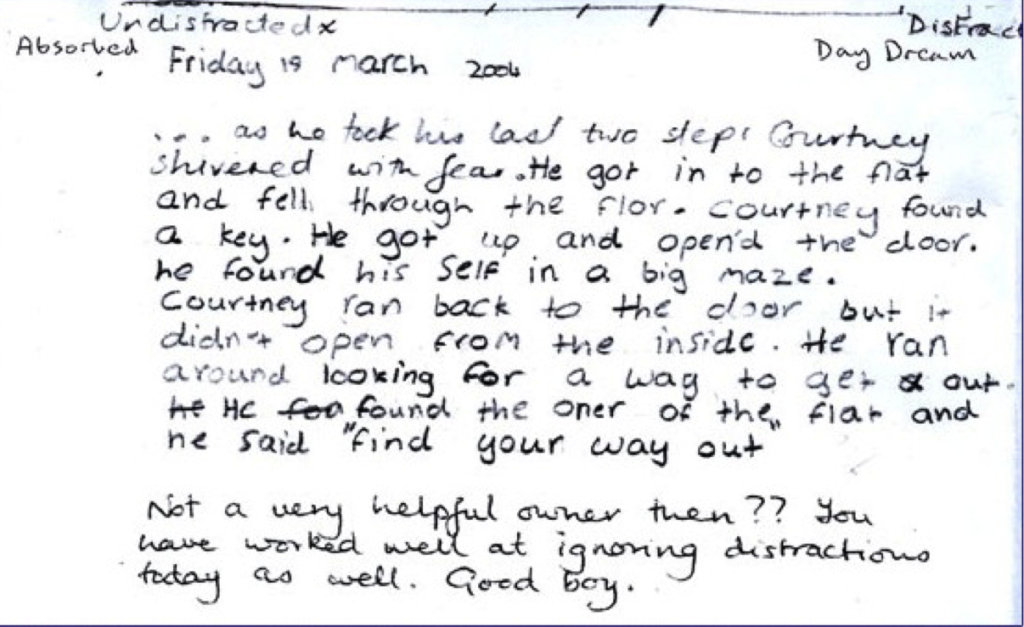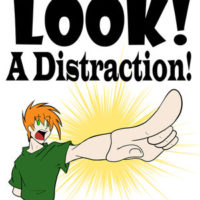As you interact with your students day in and day out you’ll be talking about the ‘what’ of their learning – the content. With content, whether it’s English or Maths or History you know what you are looking for, you’re aware of the misunderstandings students may have, you’re aware of common sticking points and so your comments will be precise, well differentiated and supportive.
On the other hand your comments about the ‘how’ of the learning process might be missing altogether, or lack the level of detail needed. Such comments have to be constructed ‘in the moment’; you have to find the right thing to say, at the right time, to the right student. So it’s little wonder that commentary on students’ learning habits rarely strays beyond repeated encouragement to ‘keep on trying’, ‘share your ideas’, ‘think about how you’ve done this before’, ‘well tried’, ‘good effort.’
In thinking about this recently I was reminded of something we came across in the early years of learning power: Lemar – his distractions, and how his teacher helped him find a way of overcoming them.
Lemar and his distractions
Way back in 2004 in the early days of Learning Power, Lemar was in Yr 6 of an inner city school, registered SEN and always distracted. He looked here and there, talked to other children and sometimes wandered around the classroom rather than being absorbed in his own learning. But he had no idea that this sort of behaviour had a name, let alone that if he managed it better his learning was likely to improve. In fact I remember, from our travels up and down the country, that students seemed to have no idea of the concept or purpose of managing their distractions. Teachers tended to focus on ‘distractions’ as a poor behaviour – something to be disciplined away – rather than focussing on ‘managing distractions’ as a positive learning behaviour.
Lemar’s teacher had just begun a course about building powerful learners and decided that the place to start with Lemar was managing his distractions. Firstly she made it a whole class issue, working with students to identify distractions in the classroom and come up with strategies for reducing them. They discussed:
- issues that were not clear cut, such as friends who were both a distraction and a source of inspiration
- whether fiddling was a distraction or an aid to concentration
- different learning environments that may be appropriate for different types of learning, both in school and at home
- internal distractions, such as hunger, tiredness, emotions, failure.
Students discussed and ranked significant distractions — people, objects, the weather, the environment. They suggested ideas for managing these distractions and reviewed their experience of what worked.
But despite this collaborative effort Lemar couldn’t get to grips with maintaining focus: he needed something more personal, more direct, just for him. His teacher came up with the simple idea of drawing a line at the top of a page to record when distractions happened.
The next day the teacher drew such a line at the top of Lemar’s page and asked him to try it out. You can see the line on the picture below and how Lemar marked it throughout the lesson. Although some of you will say that the line itself was a distraction, what it was actually doing was making Lemar aware of being distracted minute by minute.
His teacher was astonished by the amount Lemar had managed to write in the time. This paragraph represented a 100% increase on previous attempts. Note the teacher’s comment at the bottom: she acknowledged that he had indeed managed his distractions well.
A couple of days later Lemar had more writing to tackle. Here he did something remarkable: he created his own line at the top of his page. After only a single use, he had seen the value of using this tactic. Again he marked his line when a distraction happened and even mentioned his distractor, Jordan! Furthermore he completed yet more writing, somewhat surprising given the number of distractions he recorded.
Although his teacher commented on the writing and acknowledges that it is good work, unfortunately she doesn’t comment this time on his obvious effort to manage his distractions. Let’s hope she continued to nudge him along with coaching comments such as:
- What could you do to avoid that distraction?
- What could you do when you feel you are losing focus?
- What sort of learning environment might suit you better for this type of learning?
- Are there any internal distractions that are bothering you today? (tiredness, emotions, hunger, failure).
- How could you let us know if we are distracting you?

- You’re doing well with avoiding that distraction.
- Well done – you are staying positive and getting there.
If we’re going to help students to build their own learning habits, a single written comment or a few verbal nudges won’t be enough. Habit formation needs far more reinforcement.
I’ve often wondered, over the years, what happened to Lemar and where he is today. But one thing’s for sure – Lemar’s teacher gave him a little strategy to help him take control of managing his distractions. Counting and recording what distracted him was already having positive results for him: it gave him some control over the way he handled distractions. A big result for a single line.
What works well in your classroom for managing distraction?
Are there any similar little tips that you could share with others?
Is this a learning habit that needs more or less attention these days?



Hi!
Thanks for this interesting post.
I was wondering if you had any thought for helping younger students (for eg year 1) to manage their distractions?
Cheers,
Kirsty
Agree. Very interesting post. I have a class of very distractable year 2 students. After introducing and getting students to discuss ‘Distractions, what are distractions? I might then try the line idea.